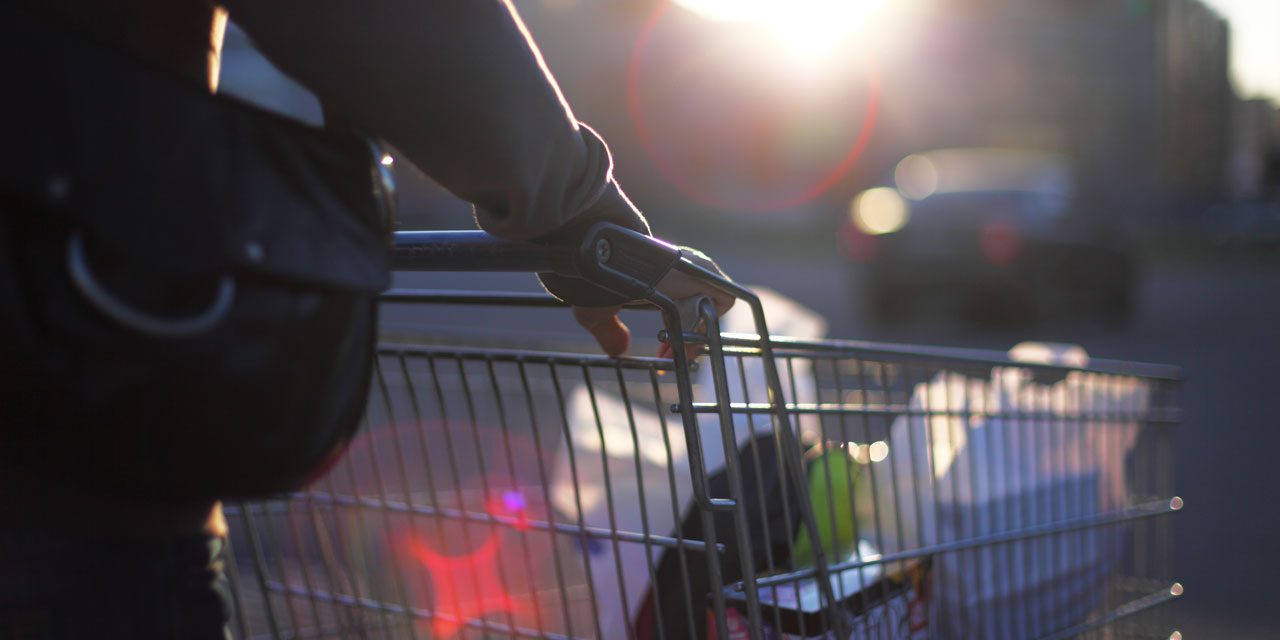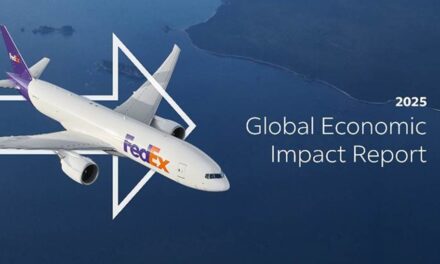2017 retail predictions: how are they looking so far?

By Mark Bellamy, director at B2C Europe.
The retail sector is highly influenced by innovation and new technologies – think self-checkouts and contactless payments – which is why predictions are frequently set out at the beginning of the year to see what industry experts think lies ahead.
Now that we’re into the second half of 2017, we’ve decided to look back on predictions that attracted our attention back in January. Which ones are going to be proved right?
Prediction 1: mobile buying, or m-commerce, will grow
The continued rise of m-commerce in 2017 was predicted in a number of publications including Information Age and eMarketer. According to a study by Capgemini and IMRG, 2017 was set to see a 14 per cent increase in sales on mobile phones following a bumper year in 2016.
While no official m-commerce figures have been released so far this year, there are indications that the prediction may be largely correct. For a start, the worldwide sale of smartphones continued to grow in the first quarter of this year, increasing by 4.3%, according to analyst firm IDC. Furthermore, Google has addressed a major issue flagged up by PayPal’s survey of smartphone users last year. This survey revealed that small screens and mobile website functionality have been the major barriers to the growth of m-commerce. The tech giant unveiled a new Accelerated Mobile Pages (AMP) project at its annual I/O developer conference this May, developing applications to make mobile pages considerably faster and easier to use.
Prediction 2: AI will play a bigger role in retail
Predictions for almost any vertical in 2017 included a forecast for AI, whether that was robots in banking, predictive analytics in manufacturing, or self-driving cars in the automotive industry. In retail, we can already see its impact through the Amazon Echo, which was the best-selling product last Christmas, as well on Amazon Prime Day this July. There are, however, other examples of the technology making waves.
Analytics
Machine learning technologies are able to analyse big data. This can help retailers gain insights into customer behaviour and target consumers in a more effective way. Tesco has stated its plan this year to improve its use of big data, proving that retailers are well on the way to adopting AI in back-end processes and marketing strategies. Additionally, predictive stocking, which uses AI to predict what stock is needed where, has been adopted by German online retailer Otto and has already reduced the amount of surplus stock it holds by a fifth. With these applications improving efficiency at such a fast rate, my view is that this is the area in which AI will have the biggest impact this year.
Chatbots
Another AI area in the spotlight is the development of chatbots, which use machine learning to simulate a human conversation via a chat platform. A conversation with a chatbot can be through any communication interface such as Facebook messenger, Slack, a company website or even text messaging.
Chatbots look promising. According to IBM, 65 per cent of millennials would rather speak to a chatbot than the human equivalent! In June, Facebook launched new platform Discover, a hub which consumers can use to interact with businesses through chatbots; I firmly expect to see more of these virtual robots in the coming months.
Prediction 3: VR will revolutionise retail
On the subject of virtual, Virtual Reality has been forecast to take off in retail for a while now – Fortune predicted big things in 2015, while others now suggest that 2017 is in fact the year for VR.
I am sceptical. There’s no doubt that that VR can be a great gimmick at trade shows; we’ve used it ourselves to show consumers and our clients what we do and how we deliver their parcels, but that doesn’t mean that it’s revolutionising retail.
The most practical example I’ve seen is from Payscout, a global processing provider, which launched the world’s first VR payment application with Visa in June. This allows you to put your smartphone in a VR headset, experience the shop virtually and select and purchase items using the card details that are stored on your phone. The app currently only features one shop, but definitely has potential.
For me, however, the main problem with VR is still the fact that it relies on consumers owning – and wearing – cumbersome headsets. Until that changes, it will remain a gimmick.
Prediction 4: Consumers will expect even faster delivery
With same-day delivery as an option, it’s difficult to say how delivery could get any faster. Nevertheless a key prediction by PCA Predict this year centred around consumers wanting quicker and more efficient delivery.
In my view, same-day deliveries may not hold up for much longer. There are number of reasons for this, many of them related to restrictions that are increasingly being imposed by governments.
In Japan, Amazon’s main logistics partner, Yamato Transport, has ceased offering same day delivery and constricted delivery hours, due to Japan’s requirements that someone be home to receive a parcel order.
Elsewhere, pressure is growing to reduce pollution in cities. Many consumers don’t realise that their same-day delivered package often leads to one vehicle on the road being sent out with only one package inside, increasing congestion and lowering air quality. With the recent UK government initiative to ban new diesel and petrol cars from roads by 2040, it appears that the demand for more environmentally-friendly transport may take precedence over fast delivery.
Many of these technologies have a long way to go and it’s unlikely any will have revolutionised retail by December. However, I’m going to say back-end AI analytics and chatbots are the technologies that will turn heads this year. Watch this space!








